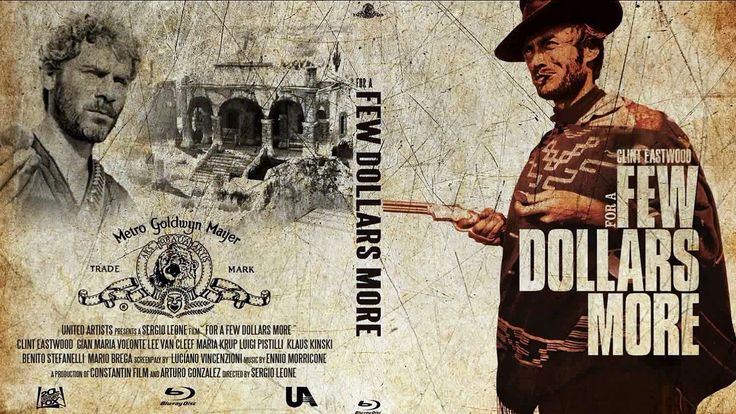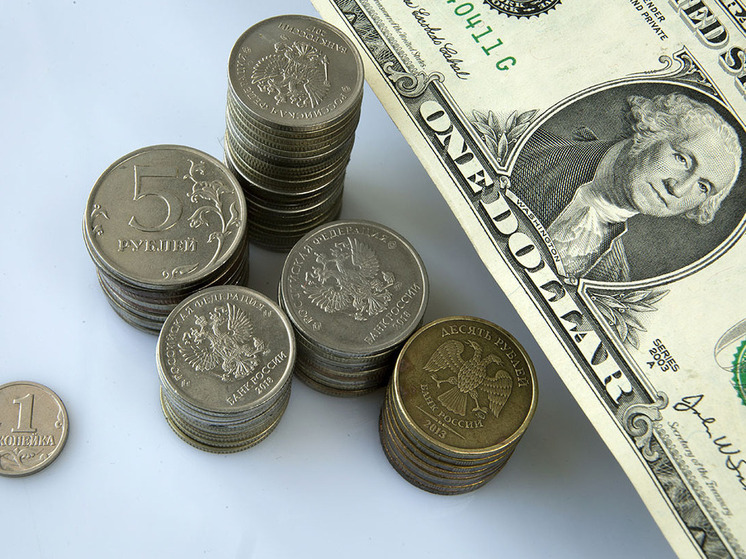
Experts warn of seasonal risks for the ruble

Despite the ruble showing impressive strengthening in the first half of 2025, experts warn that August could be a test for the national currency. Amidst an expected key rate cut, a seasonal drop in export revenues, and rising imports, the exchange rate could fall from the current 78-79 to 85-90 rubles per dollar. Currency analysts call August a «toxic» month for the ruble and do not rule out a correction of 3-5%, although the probability of a large-scale collapse is low. However, risks remain, ranging from oil quotes and geopolitics to unexpected decisions by the US Federal Reserve. Some specialists even advise partially converting savings now while the rate is «below the psychological norm» of 95-100 rubles.
The Russian ruble became the strongest-performing currency globally in the first half of 2025, gaining over 40% against the dollar. However, according to analysts, such confident growth could be followed by a decline as early as August. Several factors could influence the ruble`s exchange rate: seasonal capital outflow, an expected key rate cut, and increased import spending. According to Denis Astafyev, managing partner at SharesPro fund, if the Central Bank`s rate is cut from the current 20% to 18-19% in July, the ruble could weaken to 85-90 rubles per dollar, representing a loss of up to 12% from current levels. However, the expert adds, «it`s premature to talk about a surge above 100 rubles – that would require external shocks.»
Vladimir Chernov, analyst at Freedom Finance Global, points to the historical instability of the ruble specifically in August. From 1998 to 2024, the dollar strengthened against the ruble in this month in 20 out of 26 years. «Even in relatively calm periods like 2020 and 2021, August was accompanied by currency fluctuations within 3-5%,» he notes. Chernov explains this dynamic by tax and budget cycles, seasonal decline in export revenues, and investors` increased sensitivity to foreign policy signals.
Igor Rastorguev, lead analyst at AMarkets, believes that August instability has not only economic but also cultural roots. «There is no person in Russia over 45 who would not shudder at the memories of August 1998, when both the poor and the rich lost capital. This national-scale shock is ingrained in the cultural code of Russians,» he says.
Nevertheless, Alexander Bakhtin, investment strategist at Garda Capital, calls August volatility more of an economic regularity than media hysteria. «The frequency of ruble drops in August is about 60%, but July is even worse – over 75%. This is related to the end of the business season, the peak of vacations, and the increase in foreign exchange transactions,» he explains.
Among the possible «black swans» that could appear in the last month of summer, experts name several factors. According to Denis Astafyev, amid declining Brent oil prices to $67-69 per barrel and a drop in raw material export revenues (by 35% year-on-year), pressure on the ruble could increase. Additionally, risks of increased sanctions pressure and changes in the US Federal Reserve`s policy remain, which could strengthen the dollar and, consequently, weaken the ruble.
Alexander Bakhtin reminds: «A single factor rarely leads to a change in the exchange rate dynamic. Last year, the authorities spent a long time changing requirements for selling foreign currency earnings before the ruble started to fall.» He also draws attention to the possibility of «external economic flare-ups,» from regime change in Iran to global climate disasters. On the other hand, Igor Rastorguev is confident that the economy is in a much more stable position now than in 1998: unemployment is at a record low, and the National Welfare Fund is slowly but surely being replenished.
Given the expectations of a lower ruble rate in August, citizens again face the question: should they buy currency proactively? Experts are divided on this, but they lean towards advising that if necessary – for example, to pay for a vacation, large purchases, or overseas expenses – it is reasonable to acquire dollars or euros at current values.
«If you are accustomed to keeping at least some of your savings in dollars, then the question is simple for you – of course, you should buy now while the rate is favorable,» says Alexander Bakhtin. He reminds that the dollar is currently worth the same as it was in 2020: «This is simply an invitation to buy currency. If the dollar returns to even 95 rubles, your rubles, which have been in a deposit account yielding 20% per annum, will instantly turn into 0% yield when converted to dollars.»
Denis Astafyev advises taking a staged approach: «It is wise to acquire currency in parts while the rate is below 80 rubles and bank deposits offer 18-19% per annum.»
August could indeed become a month of increased ruble volatility, especially if the Bank of Russia continues to cut the key rate and export revenues decrease. However, most experts are confident that there will be no large-scale collapse comparable to 1998. The economy is much more stable now, despite sanctions pressure; reserves are maintained, and inflation is under control and gradually decreasing.
Nevertheless, forecasts converge on one point: the ruble is currently «expensive,» and weakening to 85-90 rubles per dollar is a highly probable scenario by the end of summer. Against this backdrop, acquiring currency for personal needs or savings looks not like speculation, but like an element of a reasonable financial strategy.











